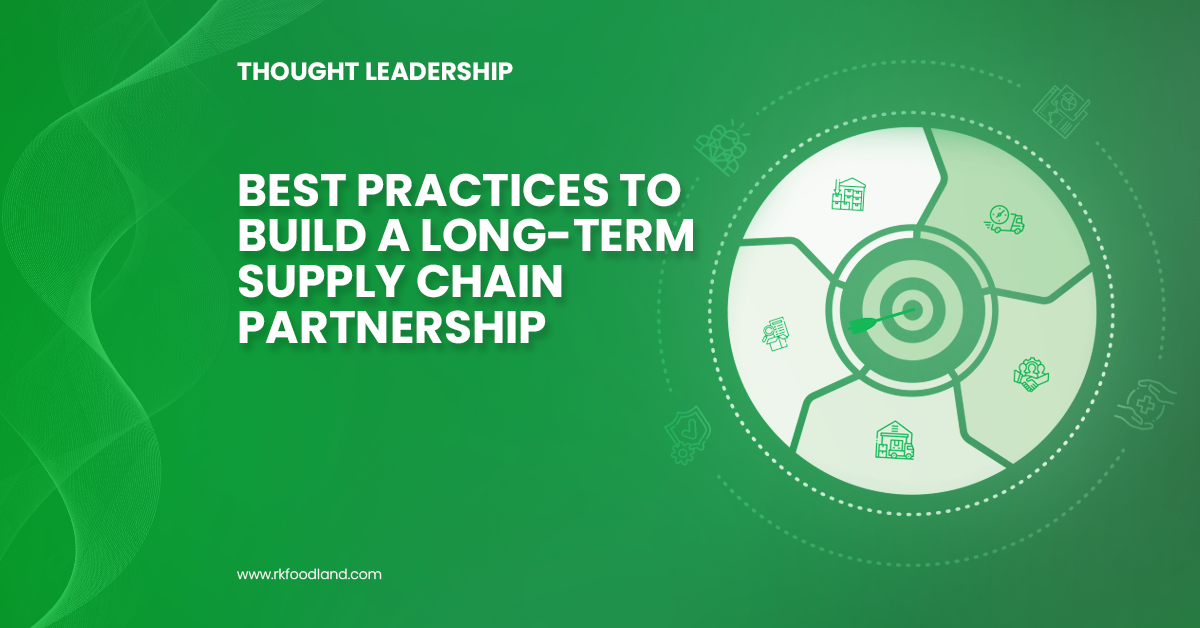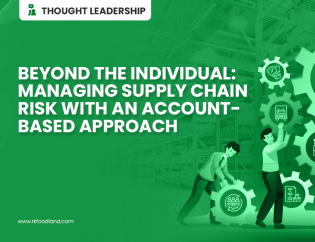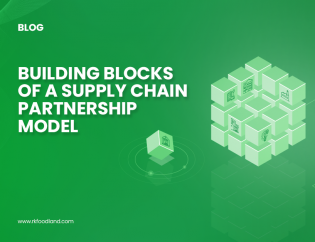
The food ecosystem is evolving and what was once supply-driven and linear, is now demand-driven and undergoing transformation. This makes supply chain partnerships quintessential for food businesses to re-imagine, re-define and re-configure their entire value chain. For any partnership to flourish, both partners should have a similar understanding and approach towards the partnership. They need to form an equitable relationship which will help both to positively pave path towards a sustainable supply chain partnership. Food businesses who wish to reap benefits of future-ready supply chains, the time is now for them to start assessing and engaging with partners, as supply chain partnerships require considerable time and resources to mature and deliver the desired outcomes.
Based on our past experience and expertise of operating in the Indian food landscape for the past 35 years, we have compiled a list of best practices to help food businesses develop long-term strategic partnerships.
1. Align long-term vision and short term goals
The prime requisition for forming a long-term strategic partnership is that both partners must be in the right stage of maturity and have similar views on how the partnership needs to progress. Both should possess clear understanding of the business environment and have acumen to identify problems and mutually develop solutions. It’s essential to act and be involved as a business partner rather than merely a supply chain service provider.
2. Transparency on objective and clear communication
Partners should clearly express intentions and willingness for getting into the partnership. They should openly discuss their objectives and mutually chart out a plan to achieve them. This ensures that efforts of all participants are invested in same direction towards achieving common goals. The risks and mitigation plans too should be clearly defined so as to avoid any misalignment during the uncertain situations.
With multiple stakeholders involved, thoughts and ideas could get lost in translation, thus clear communication is essential. With clear and regular communication, partners are able to set distinct goals and expectations, improve customer service, navigate discrepancies and achieve greater success. This builds trust, openness and creates an environment where participants contribute with a sense of responsibility.
3. Long-term, equitable relationship
Admittedly, no relationship – and by extension partnership – is perfect. Rough patches, misunderstandings, and disagreements are to be expected. Partners should discuss their growth plans and formulate a strategy to together achieve better outcomes by willingly investing in, and aligning their people, processes and technology.
Such partnerships thrive on unwavering commitment propelled by equitable work culture and effective communication. This helps food businesses to reap and deliver maximum benefits like operational efficiency, productivity, to deliver sustainable outcomes like improved customer service, and more.
4. Set up a delivery schedule for key milestones and ensure all teams are in-sync with agreed upon plan
During the course of partnership, partners may want to together achieve certain milestones. With effective time management partners can balance the scope, resources, deliver and budget of a project. The same should be effectively communicated within the ecosystem to ensure all participants are aligned, aware and purpose-driven. With a structured schedule, partners can prioritize milestones, manage dependencies, ensure efficient delivery and maximize productivity.
5. Focus on the bigger picture
An occasional disagreement doesn’t mean you abort the partnership altogether. Establishing a strategic outcome-driven partnership takes time, and a similar time period is required for it to mature. An average partnership takes 2-3 years to deliver the desired outcomes. Thus partners should adopt a long-term mindset and stay focussed on the objectives.
Also, collaborating with like-minded partners is central to develop solutions and solve problems. Collectively sharing risks and rewards, and guiding one another to overcome challenges instead of criticizing each other helps both achieve better results.
6. Re-investing in further development
Partners should jointly contribute to explore, experiment and innovate solutions that help to deliver better outcomes. They should together develop assets that align with their long-term business strategy and mindfully re-invest to strengthen partnership’s capabilities and capacities, minimizing shared liabilities and risks. This not only strengthens the ability of the partnership to deliver more but also improves profitability and stability.
7. Smooth execution with focus on assurance
The base line of any partnership is that the supply chain operations deliver the performance levels that were promised. Consistently delivering on the performance metrics, assuring highest standards of quality, health and safety and other parameters of operations are important to build a long-term supply chain partnership.
8. Robust review mechanism
For a partnership to continuously thrive it is important to regularly evaluate and benchmark performance. Identifying and establishing key performance metrics and defining a clear pathway to achieve them is of crucial importance. With regular quarterly business reviews (QBRs) partners can monitor and keep track of their progress, and easily course correct if anything is askew.
9. Defining rules of engagement
The rules of engagement in a partnership should be very clear from the beginning, including commercial clarity. The scope of work should be defined to the level that all the participants should have clarity on their roles and responsibilities. Specify the possible risks, their implications and mitigation plans to overcome them and allocate the responsible custodians. This results in seamless engagement and helps avoid discrepancies. With this, partners are better prepared to take quicker decisions during uncertain situations, leaving no scope for ambiguity.
10. Develop partnership mindset
Mutuality and reciprocity emphasize that partners share a common approach towards sharing risks and rewards. Both partners should mutually take responsibility and willingly experiment for developing new business solutions. The partnership should be propelled with value-driven approach than commercial. This amplifies trust, sense of responsibility and empowers participants to deliver more.
Though these 10 best practices will help you achieve most out of a supply chain partnership, it is crucial for both partners to have similar outlook and willingness to contribute equally.
We at RK Foodland believe that we all are a part of an ecosystem driven by a common purpose to achieve supply chain outcomes that drive positive transformations for a better tomorrow. To make this happen we adopt these best practices and so do the brands we work with to establish a strong partnership foundation.
We look forward to co-creating a future ready value chain. Let’s discuss.








